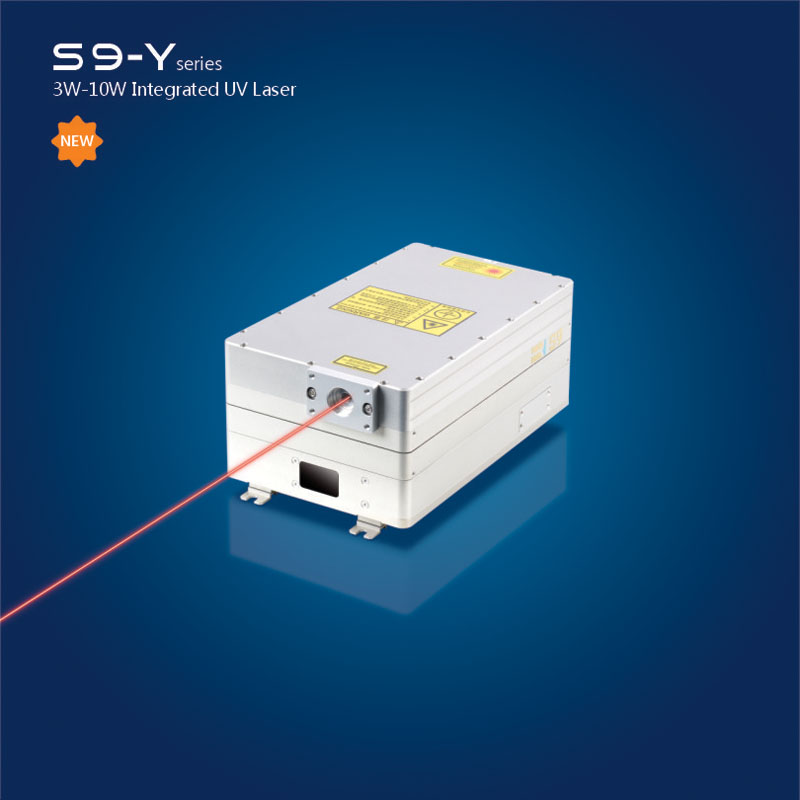
플라스틱에 RFH 355nm UV 나노초 레이저 스트립 페인트, 고객의 박수 갈채 받음
Sep 01 , 2022RFH 355nm UV Nanosecond Laser Strips Paint on Plastic, Wins Applause from Customers
Throughout the field of modern industrial materials, plastic definitely occupies a place and plays a pivotal role. When processing plastic products, the process of "peeling paint" is the most important.
Why strip paint?
Plastic products have a wide range of applications, among which surface coating is very common, in addition to aesthetics, there are oxidation resistance, weather resistance, solvent resistance and other characteristics.
Although there are many uses of plastic coating, on the contrary, when there are problems such as coating aging, peeling, cracking, etc., or need to be re-marked, peeling paint will play a role. The process of stripping paint is as simple as peeling off the old paint from the substrate and then repainting or marking it.
In simple terms, there are only two steps, peeling paint and re-marking. Now the common method is to carry out the two steps separately. If they can be combined into one, the efficiency improvement must be huge. However, when talking about new methods, it is necessary to first understand the most common methods of stripping paint.
Commonly used paint stripping methods:
There are two most commonly used methods of stripping paint today, physical and chemical.
Among them, there are many physical methods. The more traditional ones are the sand blowing method and the knocking shovel method.
As the name suggests, sand blowing is to blow the surface of the plastic with fine sand and gravel such as emery, and peel off the surface paint by friction, and the shovel is even more straightforward.
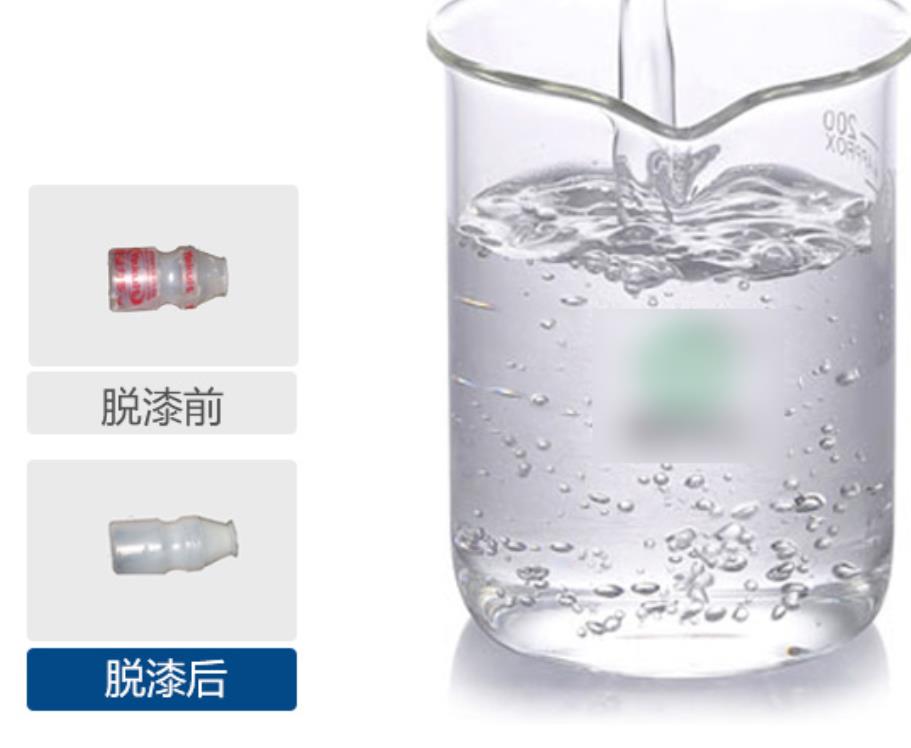
In addition, the chemical method is to use various chemical agents to dissolve the surface paint, which is often referred to as "paint remover". However, chemical paint stripping is mainly used on metal materials, so it is easy to damage the material substrate when dealing with plastic materials, and the risk is high. .
모든 방법을 살펴보면 어느 것이든 모두 접촉 페인트 박리이며 가공 정확도를 제어하기 어렵습니다. 덜 위험한 비접촉 처리 방법이 있습니까?
가지다!
RFH 레이저 가공, 플라스틱 스트리핑 및 마킹을 한 번에:
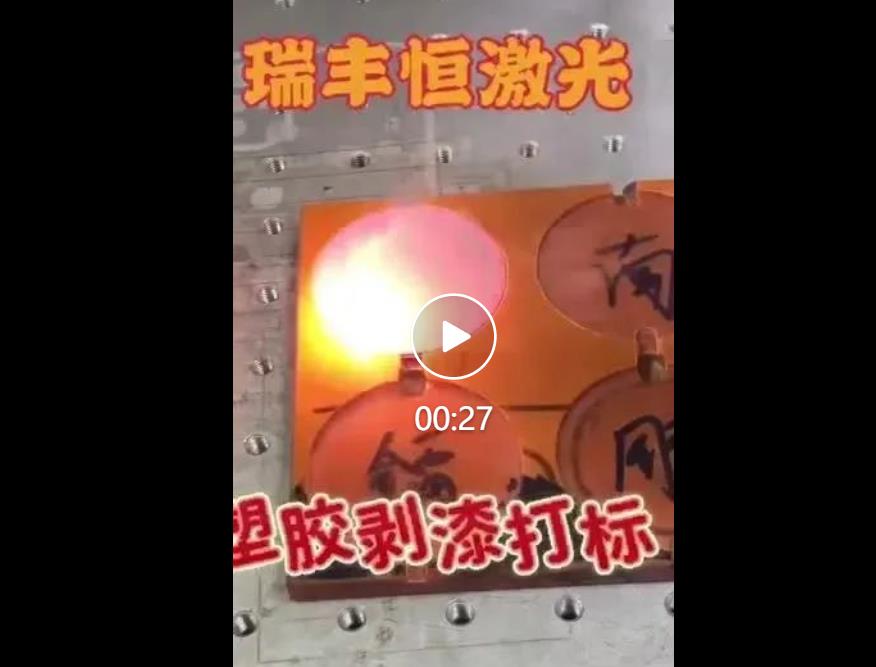
레이저는 비접촉 가공 방식입니다. RFH 고출력 자외선 레이저에서 20W@100K는 플라스틱 표면을 빠르게 벗겨내고 표시할 수 있으며 표면 정확도를 정확하게 제어할 수 있으며 재료를 손상시키지 않고 표시가 선명하고 선명합니다.
Expert III 355 고출력 UV 펄스 솔리드 스테이트 레이저
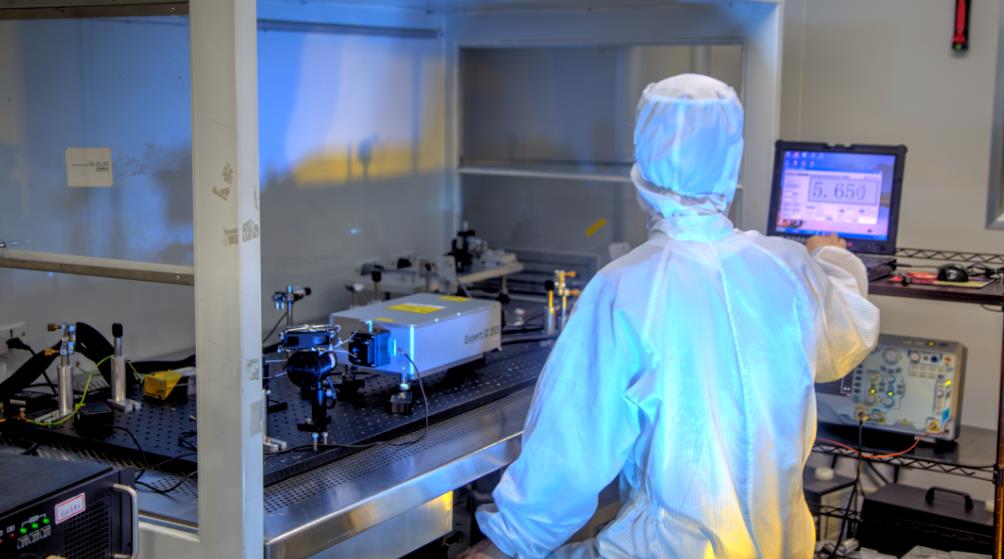
RFHExpert III 355 UV 레이저는 354.7nm의 레이저 파장과 광범위한 반복 주파수(10kHz ~ 200kHz)를 가지고 있어 다양한 가공 방식에 적용할 수 있으며 한 번에 플라스틱 박리 및 마킹에 사용할 수 있습니다. 통합 설계로 인해 RFHExpert III 355는 다양한 장비와 통합하기 쉽고 크기가 작으며 광 경로를 크게 만들 필요가 없으며 다양한 레이저 애플리케이션 제어 요구에 적합한 고유한 Q-스위칭 제어 기술입니다.
가공 정확도 측면에서 RFHExpert III 355는 ±0.02mm의 높은 정밀도와 우수한 빔 품질(M2<1.2)을 가지며 모든 주파수 범위에서 엄격하게 보장됩니다. 동시에 펄스 폭은 25ns@50k 미만이며 가공 중에 열 영향을 받는 영역이 매우 작습니다. 특히 플라스틱 제품을 가공할 때 벗겨지는 페인트 가장자리에 버 및 변형과 같은 문제가 없고 표면이 매끄럽고 자국이 없는지 확인할 수 있습니다.
마지막으로 전원 공급 장치 제어 측면에서 RFH는 전원 공급 장치를 독립적으로 연구 개발하는 기술을 보유하고 있습니다. 완전 디지털 지능형 전원 제어 기술을 통해 조작이 쉽고 모니터링이 쉬우며 컴퓨터와의 통신을 지원하고 RS232를 통해 외부에서 레이저를 제어할 수 있습니다.
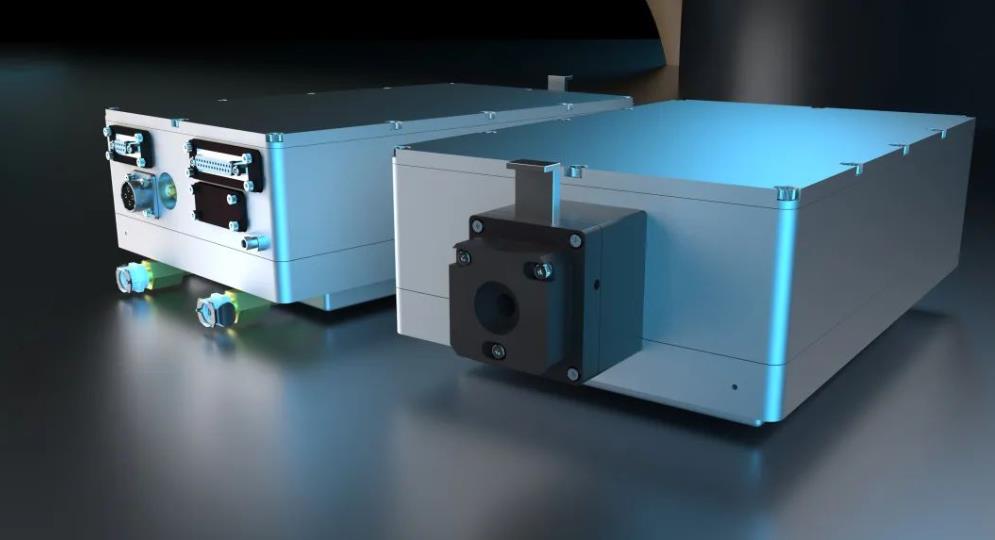
15년 이상의 독창적인 단조 작업을 거쳐 RFH는 박사 수준의 팀을 구성하고 레이저 전용 전력 제어 시스템을 독자적으로 개발했습니다. 모듈식 설계 개념을 통해 레이저 요구에 따라 기능적 모듈을 개선할 수 있습니다.
새로운 기술의 추구와 혁신에 대한 절대적인 존중은 전체 RFH 레이저 시스템의 안정적인 작동을 위한 견고한 뒷받침입니다!